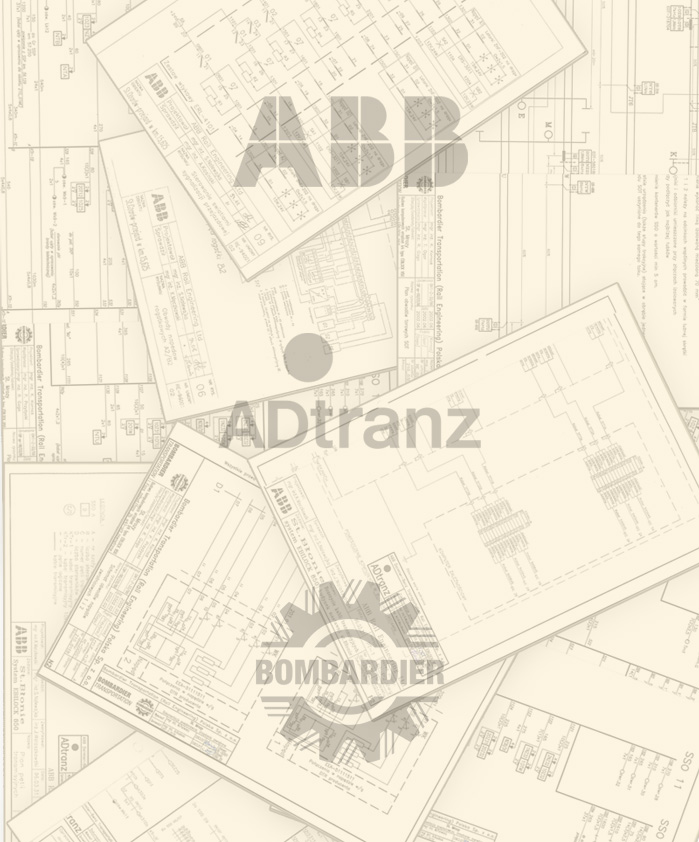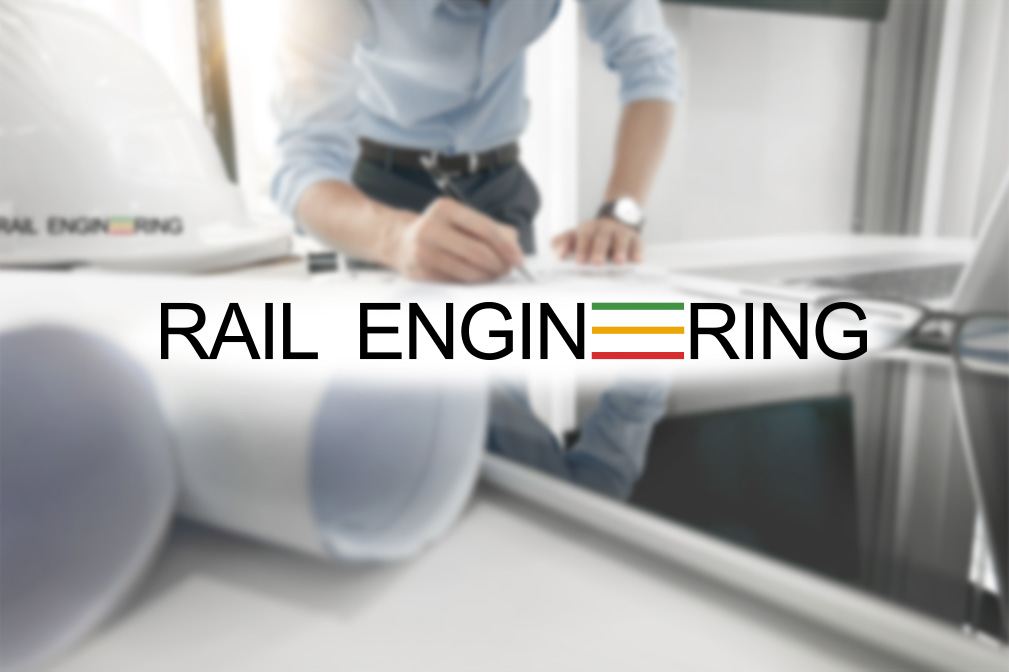HISTORY AND SHAREHOLDERS OF THE COMPANY
Our history dates back to the early 1990s. This is also the beginning of the socio-economic transformation in Poland. Hard times, the crisis in the country, lack of money for anything. Deeply stagnated railway industry and a very low volume of investments. We were, nevertheless, all young and highly optimistic. We were aware of how uncertain the days ahead were, but at the same time of the chances of change and a better future.
In the 1980s, the Europe's leading railways began implementing the new-generation rail traffic control and traffic management systems that to a greater extent involved the use of electronic components and computers. Obsolete technologies that were mostly based on mechanical and relay-based equipment were predominant in the railway network of PKP (Polish Railways). The PKP Management at the time took a long time to consider whether, while carrying out the planned modernization of the railway infrastructure, it was possible, or even necessary, to introduce the latest computer-based technologies at the same time.
At the turn of the 1980s/90s, PKP decided to implement computerized rail traffic control equipment. It was an extremely courageous decision, as it was the technology that was very little-known in Poland. Furthermore, relevant systems and even the material base needed to create them were lacking. Fortunately, it turned out that Zakłady Wytwórcze Urządzeń Sygnalizacyjnych w Katowicach (ZWUS) in Katowice, then under the control of Dyrekcja Generalna PKP (the General Directorate of PKP), retained its technical ties with Sweden. As early as in 1946 PKP initiated cooperation with LM Ericsson Signal AB by purchasing a license for relay-based signaling systems and equipment. The company was a leader at the market in the field of computerized systems and was the first in the world to install such a system in Sweden already in 1974. Ericsson's new owner, ABB Signal AB, made a proposal to PKP to form a company on the basis of ZWUS that would manufacture and develop modern rail traffic control systems.
At the end of 1989, after intricate negotiations, ABB Zwus Signal Ltd was established, with PKP holding a majority stake. To streamline the process of adapting the new system to meet PKP's requirements, it was decided to set an engineering and design company up in Warsaw. Warsaw-based Kolprojekt turned out to be a perfect partner thanks to its experience, skills and competence of its engineers and ongoing design and development activities. ZWUS (i.e., ABB Zwus Signal Ltd. already then) and Kolprojekt had long cooperated in the field of rail traffic control as they delivered comprehensive documentation on equipment installation, assembly and technical assistance for the purpose of the investments and modernization projects of PKP.
Such a cooperation was very much to the liking of the Swedish partner, which proposed to establish a new company based on a separate part of Kolprojekt's department called Zabezpieczenie Ruchu Kolejowego (ZRK - Railway Traffic Protection Depart) and ABB Signal AB with a minority share of PKP. PKP's shareholding in the company was related to direct access of PKP employees to the know-how on the new systems. In November 1990, a Letter of Intent was initialled and in December 1992, after months of negotiations, an agreement was signed and the company was registered under the name Rail Engineering Ltd with a registered office in Warsaw at 63/65 Hoża St. The Shareholders appointed a one-person Management Board of the company and Mr. Jan Walaszkowski (pictured below), a long-time designer and Head of the ZRK Department in Kolprojekt, as a CEO.
Almost two months later, the first Supervisory Board Meeting and Shareholders' Meeting of Rail Engineering Ltd. were held. The Shareholders entrusted the role of a Vice-President of the Company to Mr. Stanisław Makowski (pictured below) in order to improve the work of the one-person Management Board. On February 12, 1993 the company's business activities were officially inaugurated in the presence of shareholders and invited guests, and on March 23 this small company, which employed 10 people at the time, signed a trademark agreement with ABB Zurich and changed its name to ABB Rail Engineering Ltd Spółka z o.o., and became a full-fledged member of ABB Group. That is how it all began, but even before signing of the Shareholders’ Agreement and before Rail Engineering formally started to operate, preparations for the implementation of the new technology had taken off.

In the second half of 1992, a group of engineers from Kolprojekt's Department called Zabezpieczenie Ruchu Kolejowego (ZRK) consisting of: Jadwiga Dutkiewicz, Roman Czarnocki, Andrzej Kosiński, Mariusz Kotnowski, Krzysztof Męczkowski, Sławomir Nalewajka and Włodzimierz Stępień, together with a group of engineers from ZWUS, set off for the first training courses at ABB Signal in Sweden. The beginnings were not easy and many barriers had to be overcome, from foreign language difficulties, cultural differences to the knowledge of modern SUN software and computers. After several months of training, we were ready to make a market adaptation and implementation of Poland's first fully computerized EBI Lock 850 system. The Ożarów Project Team, established in October 1993 consisted of engineers from ABB Signal, ABB Zwus and ABB Rail Engineering.
The team based in Warsaw was responsible for design, Specific Applications, Generic Application of the supervisory system, i.e. MAN 900, the adaptation of relevant tools and - together with the colleagues from Katowice – for system software and Generic Application of interlocking equations. For us, the engineers it was a big challenge to participate in such a project, but it was also a great technical adventure. No time and commitment were spared to achieve the ultimate goal - and finally a success! On November 1994 EBI Lock 850 system was put into operation at Ożarów Mazowiecki station. This was the fastest market adaptation in ABB Signal's history. From then on, the company began to grow, new employees joined, new projects appeared, but above all, the knowledge and skills utilized by ABB in various projects around the world paid off. We were involved in the Generic Application (adaptation) work of EBI Lock system for other markets including Russia and Slovakia. We however also participated in the projects in the Scandinavia, the Netherlands, Switzerland, the Philippines and Turkey. At the beginning of the new millennium, rail investments in Poland were just beginning to appear. Pre-accession funds became available and then - after our country's accession to the European Union – the structural funds which began to significantly enhance the development of rail transport. Such further innovative and pilot solutions as EBI Cab 900 (ATP system) on Szeligi – Grodzisk Mazowiecki section of CMK railway line or Poland’s first Integrated Control Room (LCS) in Błonie posed new challenges that we faced. Further-on we were involved in the installation of the first automatic, computerized line block system (SHL).

From the very beginning, Rail Engineering participated in the implementation of modern technologies, which set the standards and directions for the development of the railway infrastructure under the administration of PKP PLK S.A. in the area of rail traffic control for many years ahead. In May 1999 Mr. Sławomir Nalewajka - CEO and Mr. Krzysztof Męczkowski – Vice-President (pictured above) took the helm of the company. In 2007, the Management Board was joined by Ms. Krystyna Kornaś – Project Execution Director. Over the years, the company's name and Shareholders have changed many times (ABB, Daimler-Chrysler, ADtranz, Bombardier), but the core of its name, i.e. Rail Engineering has remained unchanged. The company's motto has not changed either: "Do better what others do well!" The subsequent years of the company’s operation and further projects delivered in Poland and abroad established the company's position of a leader in the rail signaling systems design market in Poland.
The participation in the years 2000-2002 in the implementation of Europe's first installation of ERTMS Level 2 (European Rail Traffic Management System) with GSM-R data transmission in Switzerland on the Olten - Lucerne line, together with the team based in Sweden was a major milestone on the company’s business path. The experience gained in this project has paid off till now as ERTMS technology has become a standard in Europe and on main railway lines in Poland. To date, we have been the only engineering and design company in Poland that has the already completed ERTMS projects in its portfolio. The delivered pilot project of ERTMS Level 2 system on Legnica - Bielawa Dolna section on the E30 line paved the way for us for further projects in Poland and abroad. In the recent years, ERTMS Level 2 projects were implemented on such lines as:
- E30 – sections: Bielawa Dolna – Legnica, Legnica – Opole and Węgliniec – Zgorzelec
- E65 - Warszawa-Gdynia section
- E59 - Wrocław-Poznań section
- E20 - ICRs: Konin, Kutno, Łowicz, Terespol
ERTMS Level 2 projects have been in progress on the lines:
- E59 Wrocław – Poznań section
- E75 Warszawa – Białystok section
- E65 CMK on Korytów – Zawiercie section
A large group of young engineers who have joined us in the recent years has effectively worked with their colleagues from other countries and has been highly successful in Germany and the Netherlands, implementing, among other things, unique solutions for traffic in agglomerations, i.e. Hoekselijn Project. A small company of the 1990s has grown from ten to over ninety employees, who have continued to push the next frontiers of development, quality and improvement of safety of rail traffic control systems.
"In the Archdiocesan Museum in Wrocław, there is a small stone sculpture of a pigeon among the many wonderful exhibits. It was found when the ruins of the nearby metropolitan cathedral were being removed. One of the builders of this Gothic temple placed - in the 14th century - this small sculpture near the roof truss and if it had not been for the collapse of the roof of the bombed cathedral, no one would have ever even guessed that someone had inserted a small sculpture between the necessary structural elements of the roof truss and the Lord was supposed to be the only spectator thereof. The huge, beautiful structure of the Gothic cathedral was crowned by an anonymous artist with a work that was always meant to remain hidden from the countless faithful.
Our work is largely in the spirit of this Gothic cathedral master’s work. Travellers may relax and enjoy the beautiful views out the windows of trains. Sometimes, they will accidentally notice the "lights" of signals the train will be passing. They are one of the few visible results of the work of the world's top engineers from Rail Engineering - the company that has the highest possible qualifications and licenses and has continued to acquire new ones, because your safety and lives depend on it!"
Sławomir Nalewajka
CEO of Rail Engineering
We are proud of our achievements and accomplishments, but also of the fact that a new generation of highly proficient engineers has kept joining our ranks and has enhanced and continued the work started 30 years ago with their passion and new ideas.
Company name history
Yesterday ...

... and today


